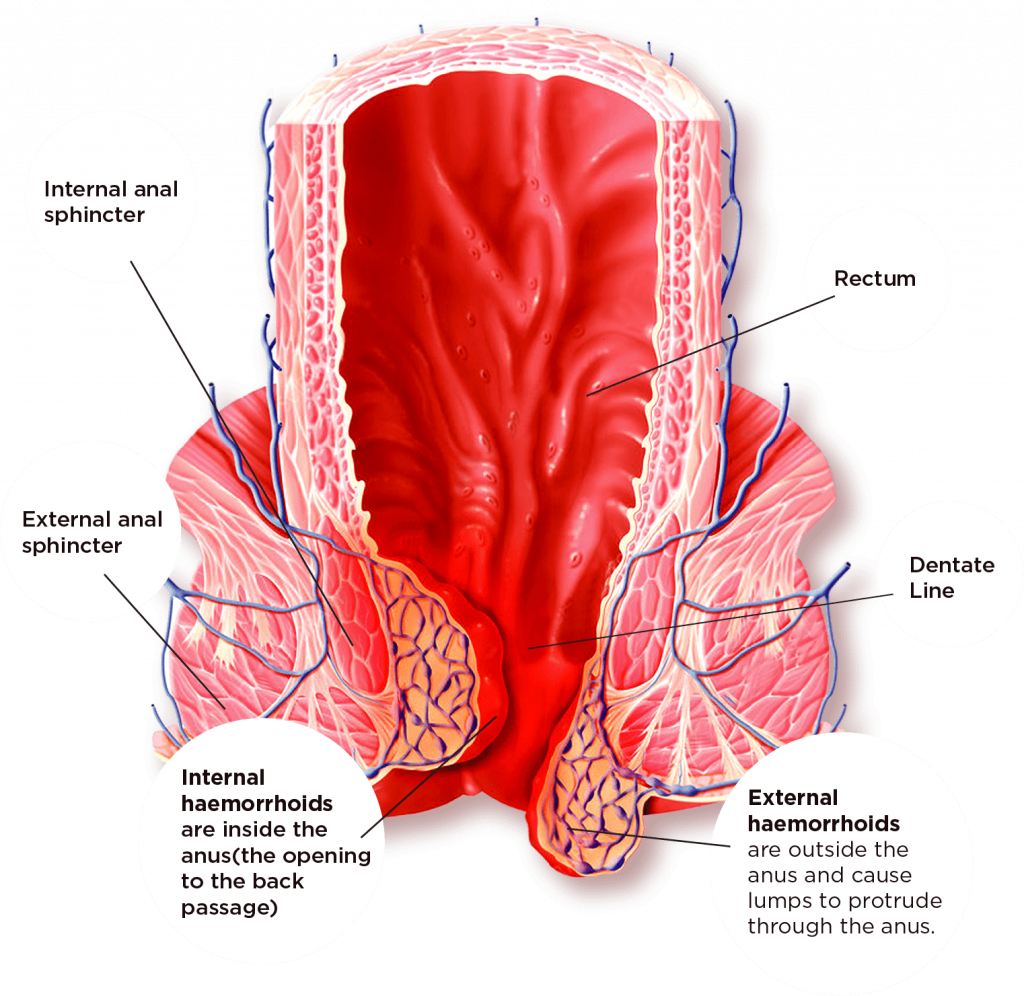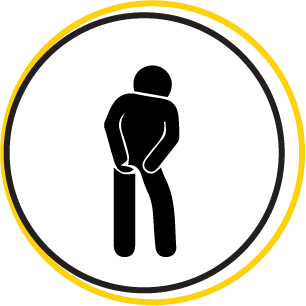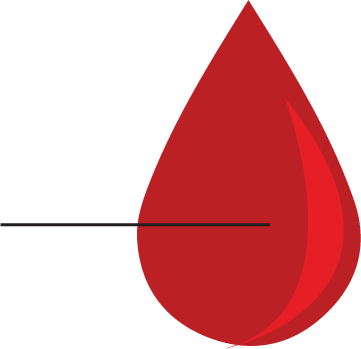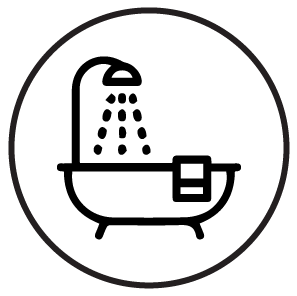Banding
Haemorrhoids
You have been given this leaflet because your consultant believes you may benefit from having your haemorrhoids treated with banding. This leaflet explains what banding involves and includes the possible risks, benefits, and alternatives to this form of treatment. If you have any questions or concerns, please do not hesitate to speak with your doctor or nurse.
What are
Haemorrhoids?
Often known as piles, are swollen blood vessels in the anal canal (back passage)

- Most haemorrhoids can be easily treated.
What are the symptoms
of haemorrhoids?
The most common symptom of haemorrhoids is bleeding, which is usually bright red and separate from your stool. This often happens after you have opened your bowels. Other symptoms include itching and soreness around your anus.

Bleeding
Bleeding, which is usually bright red and separate from your stool.

Itching
Itching and soreness around the anus

What causes
haemorrhoids?
The causes of haemorrhoids are not known. Straining (pushing down when trying to open your bowels) may make the symptoms worse, as does constipation (having stool that is hard to pass). Haemorrhoids are very common after pregnancy, due to the baby’s weight pushing down on the abdomen.

What is banding and
how will it help me?
1
The doctor or nurse who examined you felt that banding your haemorrhoids would be the best treatment option for you.
2
Banding involves a doctor or nurse inserting a small instrument called a proctoscope into your anus.
3
This is used to apply a tight elastic band around the internal section of your haemorrhoid, cutting off its blood supply. This makes the haemorrhoid fall off, relieving your symptoms within 10-14 days.
4
The banding only takes a few minutes to perform, and is not painful. However, you may experience a dull ache for about five hours after it has been put on.
5
You may also feel as though you want to open your bowels. This is normal, but please try to put off the urge to go until the following day if possible.
Rubber Band Ligation

What are the
risks of banding
Banding is a safe, routine procedure that is performed in the Outpatient Department without an anaesthetic.

The main risk from the banding is bleeding. A small amount of bleeding – about an egg cup full, is normal, particularly after opening your bowels. But if the bleeding is heavy and does not stop, you will need to go to the Accident and Emergency (A&E) Department of your nearest hospital.

There is also a small risk of infection inside the anus, which can be treated with antibiotics. If you develop a fever, you may have an infection.
Alternatives
to banding

Your specialist has advised you to have banding, as this is the best option to treat your haemorrhoids, based on your clinical examination.

Injecting the Haemorrhoids
However, other treatment options include injecting the haemorrhoids with a special substance to reduce their size or an operation to remove them.

Medical Operation
Treating haemorrhoids with injections often needs to be repeated over time and an operation is only advised for external haemorrhoids.
After Your Treatment
Try not to open your bowels until the day after your banding, but do not worry if this is not possible.


You will be able to take a bath or shower as you would normally,

but please avoid strenuous exercise, such as jogging or riding a bike, for the rest of the day. You should be able to get back to normal activities the next day.
You should be able to get back to normal activities the next day.

You may have a dull ache inside your anus for a short while. This is normal and you may take regular over-the-counter painkillers (such as paracetamol) if you need to. You may also have some bleeding over the next couple of days. You may even see the haemorrhoid and band in your stool when you open your bowels. This is perfectly normal

Please avoid using creams or applicators directly into the anus after your treatment. If you experience a lot of bleeding that does not stop, or if you feel unwell, feverish and have severe pain, please go to your nearest accident and emergency (A&E) department and explain that you have had your haemorrhoids banded.

What follow-up
care will I receive?
If you have several haemorrhoids, you may need the banding to be repeated, as we generally only band two haemorrhoids at a time. This is to minimise your discomfort and the risk of bleeding.
We will normally want to see you in the follow-up clinic six to eight weeks after you have had your haemorrhoids banded. This is to check that the banding has been successful and that your symptoms have gone. It is important that you attend this appointment. If you have not received your follow-up appointment within three weeks of the banding being applied, please telephone the surgical clinic clerks on 020 7188 6208, 9am-5pm and ask for an appointment for the perianal follow-up clinic.
How can I prevent the
haemorrhoids from coming back?
Unfortunately, having your haemorrhoids banded does not guarantee that they will never come back. You now know that you have a tendency to develop haemorrhoids, so it makes sense to try to avoid this happening in the future.
The best way to prevent haemorrhoids is to avoid straining to open your bowels. Try to go to the toilet when you feel the urge, rather than putting it off because you are busy. If you have a tendency towards constipation, try to increase the amount of fibre in your diet.

To prevent haemorrhoids

Go to the toilet when you feel the edge

Increase the amount of fibre in your diet
